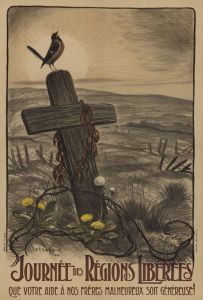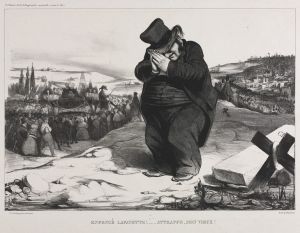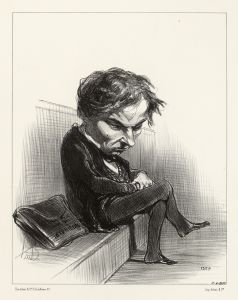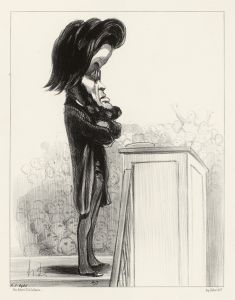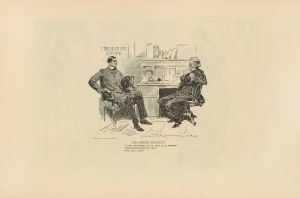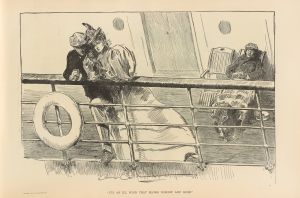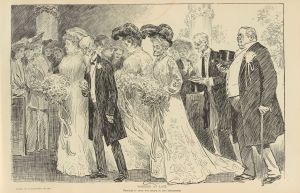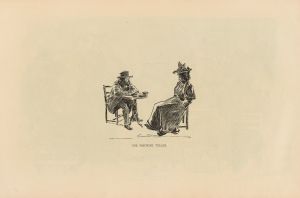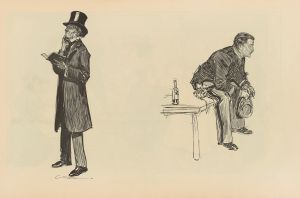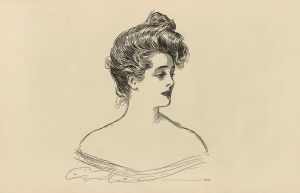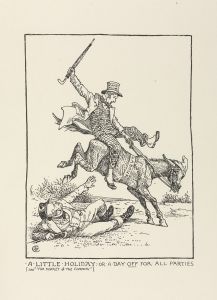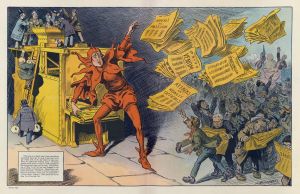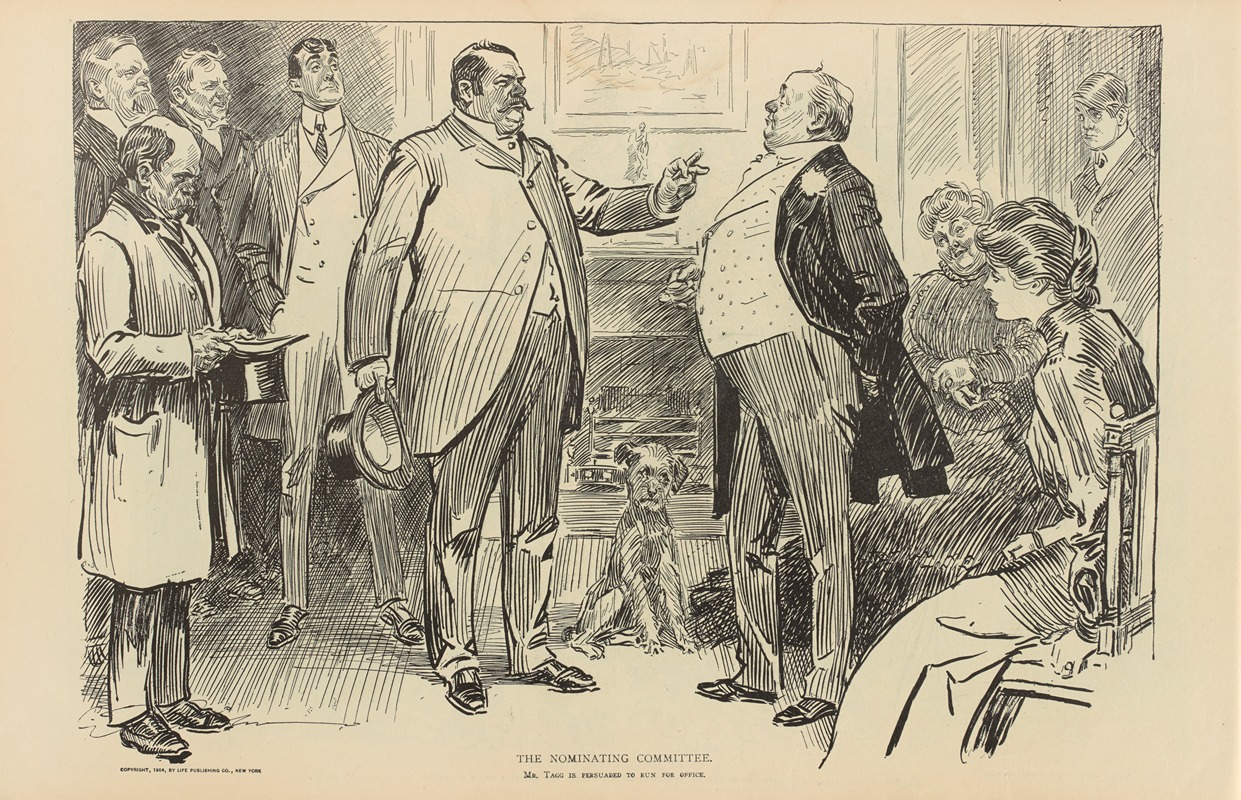
The nominating committee
A hand-painted replica of Charles Dana Gibson’s masterpiece The nominating committee, meticulously crafted by professional artists to capture the true essence of the original. Each piece is created with museum-quality canvas and rare mineral pigments, carefully painted by experienced artists with delicate brushstrokes and rich, layered colors to perfectly recreate the texture of the original artwork. Unlike machine-printed reproductions, this hand-painted version brings the painting to life, infused with the artist’s emotions and skill in every stroke. Whether for personal collection or home decoration, it instantly elevates the artistic atmosphere of any space.
Charles Dana Gibson was a prominent American illustrator best known for his creation of the "Gibson Girl," an iconic representation of the independent and fashionable American woman of the late 19th and early 20th centuries. Among his many works, "The Nominating Committee" stands out as a notable piece, though specific details about this particular illustration are not as widely documented as some of his other works.
Gibson was born on September 14, 1867, in Roxbury, Massachusetts, and he developed an interest in art from a young age. He studied at the Art Students League in New York City, where he honed his skills in illustration. His career took off in the 1890s when he began contributing to popular magazines such as Life, Harper's Weekly, and Scribner's. His illustrations captured the essence of American society during the Gilded Age and the Progressive Era, often with a humorous or satirical edge.
"The Nominating Committee" is one of Gibson's many illustrations that reflect his keen observation of social dynamics and his ability to convey complex ideas through simple yet effective imagery. While specific information about the context or publication of "The Nominating Committee" is limited, it is consistent with Gibson's style of using pen and ink to create detailed and expressive characters.
Gibson's work often explored themes of gender roles, social status, and political commentary. His illustrations were not just art; they were a form of social commentary that resonated with the public. The "Gibson Girl," for example, became a cultural phenomenon, symbolizing a new era of female empowerment and independence. This character was depicted as confident, stylish, and capable, challenging the traditional roles of women at the time.
In addition to his illustrations, Gibson was also involved in various artistic and social circles. He was a member of the Society of Illustrators and served as its president from 1918 to 1920. His influence extended beyond his artwork, as he played a significant role in shaping the field of illustration during his lifetime.
Gibson's legacy is evident in the continued recognition of his work and the lasting impact of the "Gibson Girl" on American culture. His illustrations remain a valuable resource for understanding the social and cultural history of the United States during the late 19th and early 20th centuries.
While "The Nominating Committee" may not be as widely recognized as some of Gibson's other works, it is a testament to his skill as an illustrator and his ability to capture the nuances of American society through his art.





